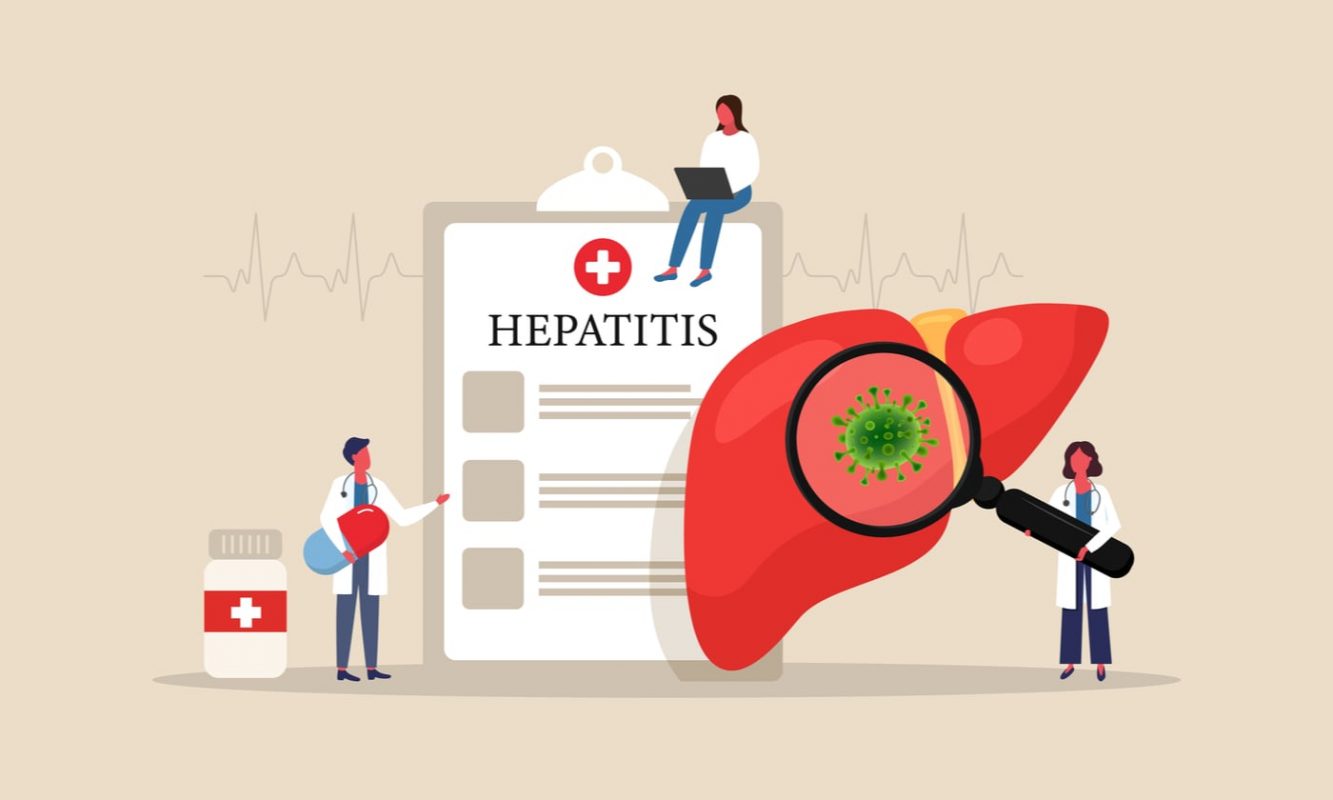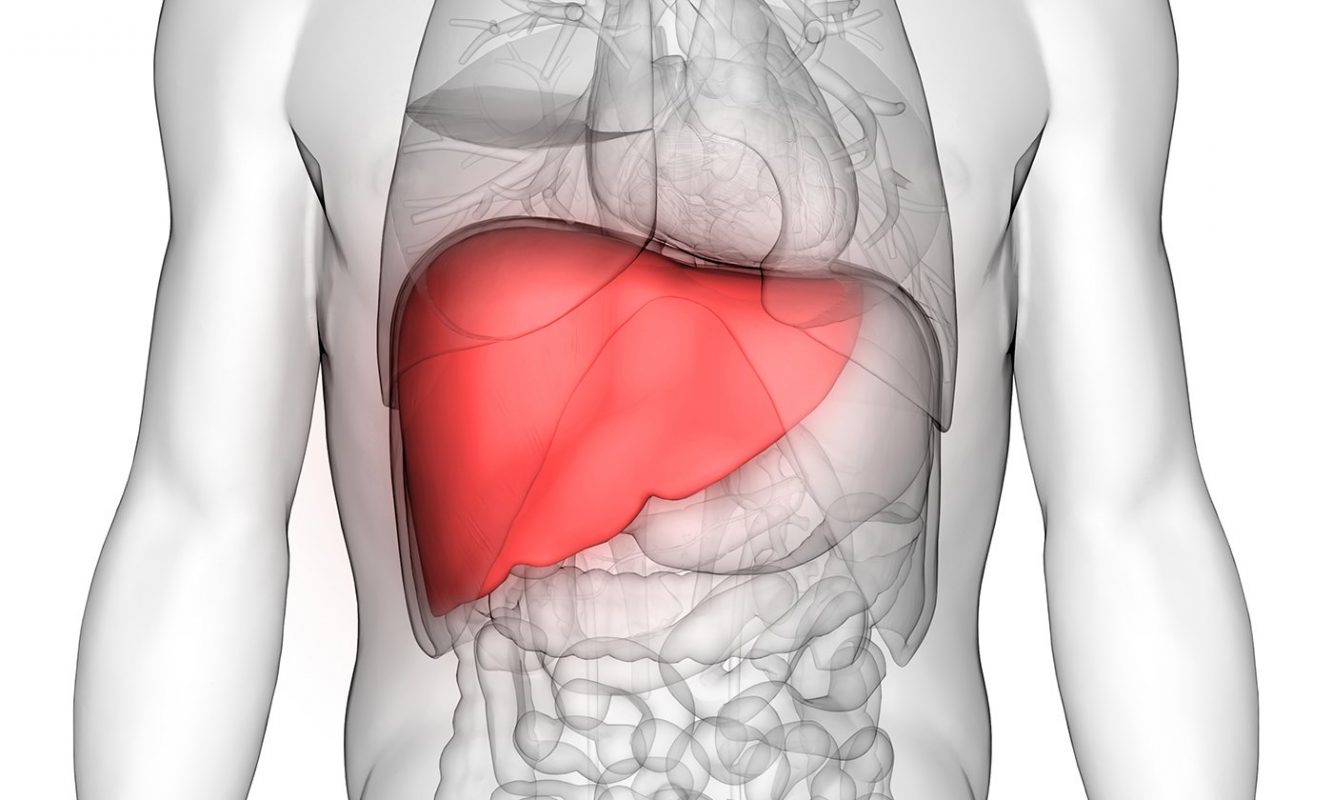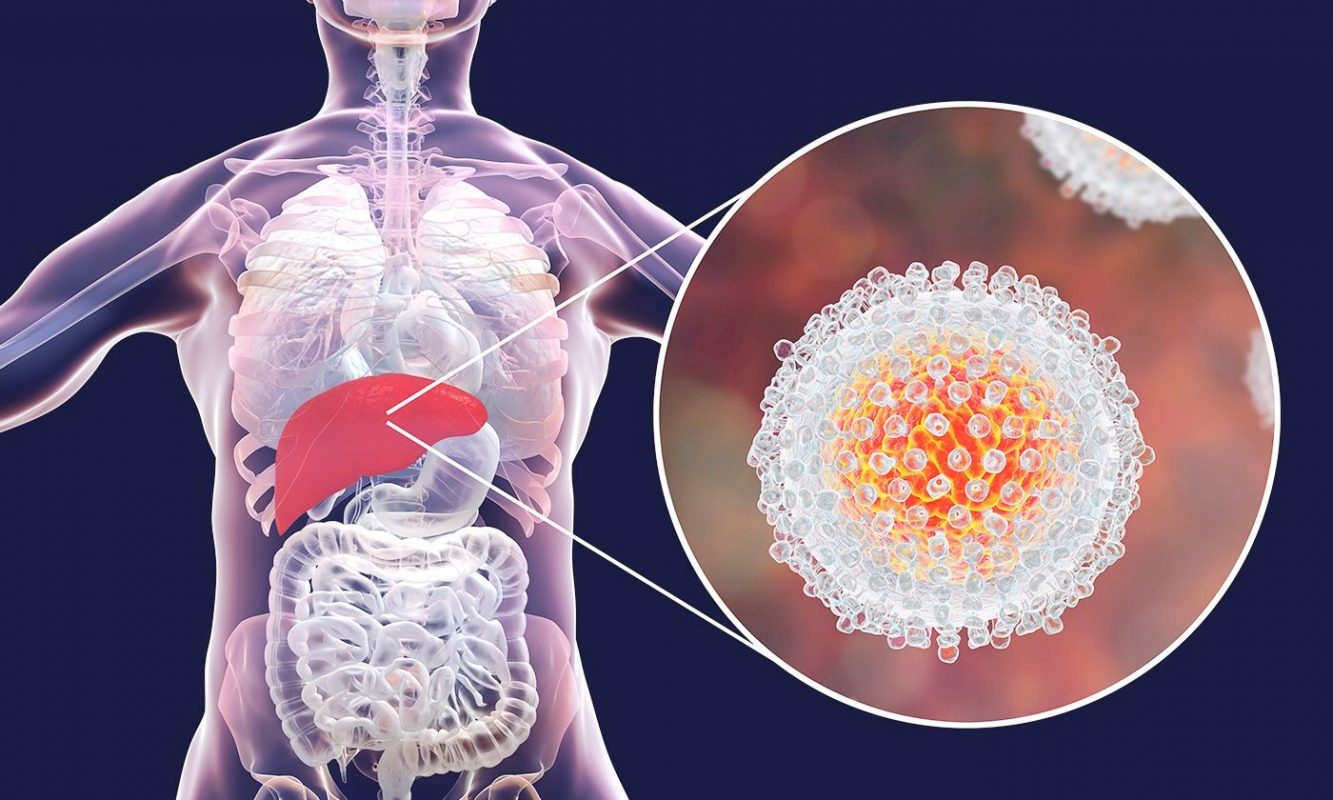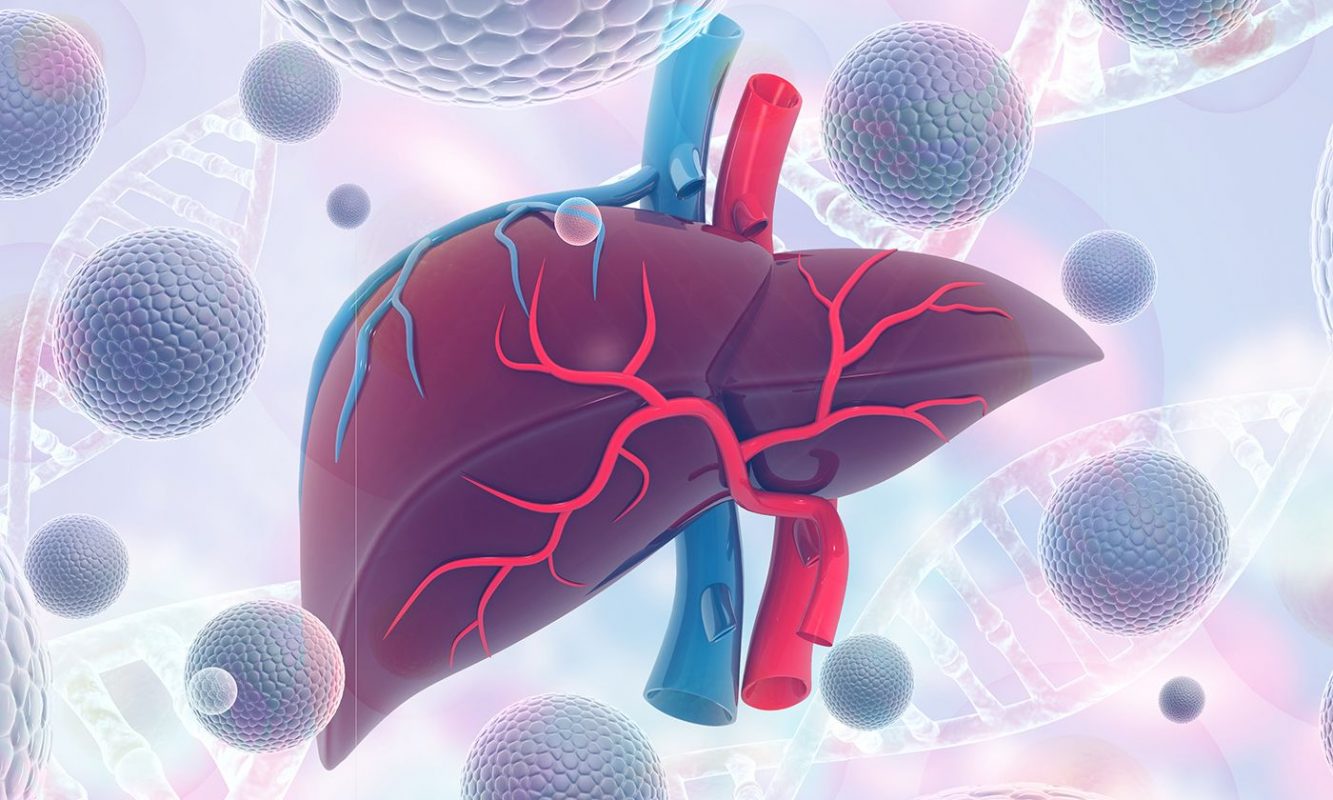What is hepatitis C?
Hepatitis C is a virus that causes acute (short-term) infections in some individuals, but in most individuals, the virus remains in the body causing serious chronic (long-term) infection (1).
How does hepatitis C spread?
Hepatitis C is usually transmitted through exposure to blood from an infected individual (1).
- The most common way is through sharing needles
- Other potential sources of infection include:
- At birth (~6% of infants of infected mothers)
- Sexual intercourse (rare but more common in men who have sex with men)
- Healthcare exposures
- Blood transfusions and organ transplants (now very uncommon)
- Unregulated tattoos or body piercings
- Sharing personal items that have been in contact with infected blood (e.g. glucose monitors, razors)
What are the symptoms of hepatitis C?
Many individuals with an acute hepatitis C infection remain asymptomatic and are unaware they are infected. However, it is still possible for viral transmission to occur even in the absence of symptoms. Symptoms may appear 2-12 weeks post-exposure and include:
- Yellowing of the skin or eyes
- Lack of appetite
- Diarrhea and vomiting
- Fever
- Dark urine
- Joint pain
More than 50% of infected individuals go on to develop a chronic infection (2), which again often doesn’t cause any noticeable symptoms at least for quite a long period.
Over several decades, mild to severe liver disease develops in most affected individuals, including cirrhosis and liver cancer (3).
Several factors increase the risk of the development of cirrhosis in infected individuals, including being male, >50 years, increased alcohol consumption, hepatitis B or HIV coinfection, and immunosuppressive therapy (3). Chronic HCV infection is a common reason for a liver transplant in the United States (4).
Due to a general lack of symptoms, often individuals infected with hepatitis C are only diagnosed through screening for blood donation or during a routine health check-up (1).
Who is at risk of hepatitis C?
Groups that have an increased risk of hepatitis C include:
- HIV-positive individuals
- Injectable drug users
- Individuals on hemodialysis
- Healthcare workers
- Children born to hepatitis C-positive mothers
How is hepatitis C diagnosed?
Hepatitis C diagnosis is by laboratory analyses from a blood sample. The initial test detects antibodies that are produced by the immune system of an infected individual in response to the hepatitis C infection. The presence of these antibodies indicates that an individual has either a current or past hepatitis C infection. Additional testing to detect hepatitis C virus RNA is required to diagnose an active infection and determine the viral load.
How is hepatitis C treated?
Hepatitis C is treated with antiviral medications to eliminate the virus from the body. Newly developed “direct-acting” antivirals have improved hepatitis C treatment considerably with fewer side effects and shorter treatment periods. Nowadays, over 90% of infected individuals can be cured with 8-12 weeks of oral therapy (5).
Effective treatment slows down the progression of inflammation and scarring of the liver and reduces the chances of liver cancer. However, antivirals do not help repair any tissue damage that has already occurred.
References:
1. Viral Hepatitis – Q&As from the Public. (2020, July). CDC.
2. Liang TJ, Rehermann B, Seef LB, & Hoofnagle JH. (2000) Pathogenesis, natural history, treatment, and prevention of hepatitis C. Ann Intern Med, 132(4), 296-305.
3. Thomas DL & Seef LB. (2005) Natural history of hepatitis C. Clin Liver Dis, 9(3), 383-398.
4. Definition & Facts of Liver Transplant. March 2017.
5. Initial Treatment of Adults with HCV Infection. August 2020.





